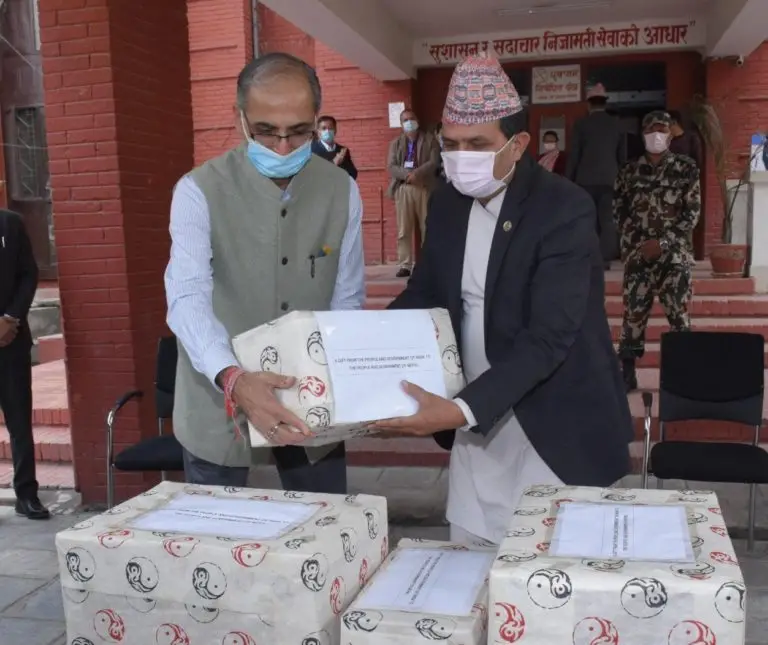How China is trying to takeover Nepal to checkmate India and finish off Hinduism
Recently, India inaugurated a new road in its state of Uttrakhand to reach Kailash Mansarovar in Tibet. The route will help pilgrims from India as it reduces a 5-day trek to a 2-day vehicle ride. However, Nepal has objected to the road. In response, India has said the new route is entirely within its territory. Here, it needs to be noted that apart from being pilgrim-friendly, the road holds high strategic value against any threat from China. Hence, experts believe that China is provoking Nepal to act against India.
However, India and Nepal have so many similarities that their people are considered cousins. Both nations have commonalities in religion, culture, language, and have totally inter-dependent trade and economic ties. Moreover, their citizens can travel to each other's countries without a visa. Besides, thousands of Nepalese serve in the Indian Armed Forces and many more work across the length and breadth of India. Despite all this, the diplomatic relations between India and Nepal are strained, especially over the last 12-13 years or so. To understand why this is so, let us go back to the year 2001.
Nepal was then a Hindu nation ruled by King Birendra. He was known to be religious and was even involved with some of the Indian religious and nationalist organizations. He was a visionary who believed in close and cordial Indo-Nepal relations.

However, on 1 June 2001, nine members of the royal family including King Birendra and Queen Aishwarya were supposedly killed by their own son Crown Prince Dipendra. King Gyanendra succeeded King Birendra. However, unlike his predecessor, Gyanendra was not considered to be a people's king.
By then, an armed insurgency had brewed and strengthened in Nepal. The revolt was led by 'Communist Party of Nepal (Maoist) (CPN-M) or the Maoists. As the name suggests, they had an ideological affinity with China. However, China's engagements with the CPN-M have extended far beyond just ideology.
CPN-M chief Prachanda with Chinese President Xi Jinping
In 2008, CPN-M overthrew King Gyanendra and grabbed power in Nepal. Help from China had played a crucial role in CPN-M's rise. The CPN-M is known for its anti-India and pro-China stance. Here are just a few examples:
- CPN-M has demanded scrapping of the 1950 Nepal-India Treaty of Peace and Friendship that allows free movement of people, goods between the two nations and a close relationship and collaboration on matters of defence and foreign policy.
- They have blamed India for the massacre of the Nepalese Royal Family. However, many conspiracy theorists across the world believe that it was China who 'controlled' Crown Prince Dipendra and made him assassinate King Birendra for his pro-India and religious views.
- The pressure and demands from the Maoists forced the conversion of Nepal, the only Hindu nation of the world, into a so-called secular state. Here also, experts consider the CPN-M to have done this at the behest of China, a known atheist nation opposed to India.
- The CPN-M government formed in 2008 has acted as a Chinese proxy, and most of its decisions have gone against India.
- CPN-M chief 'Prachanda' has time and again, blamed India baselessly for political rifts in Nepal.
- Prachanda and other CPN-M leaders are alleged to have presided over meetings of their like-minded counterparts in India and colluded with them.
- CPN-M had also demanded the release of Maoist prisoners from Indian jails.
All in all, China is trying to takeover Nepal using various proxies to checkmate India and also finish off Hinduism from the Himalayan nation.



